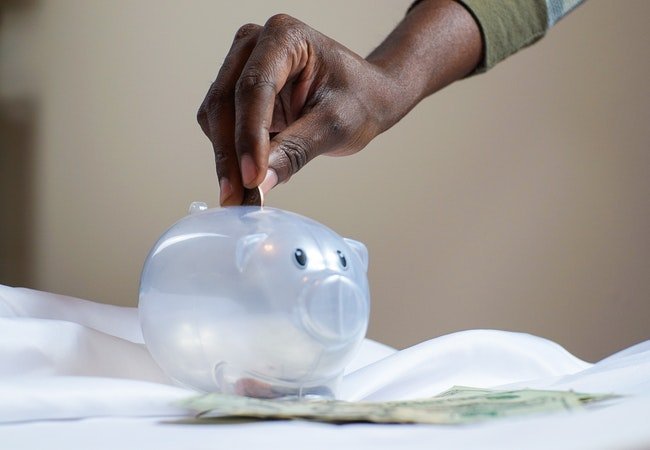Ahh, that fabled emergency fund. You keep hearing about why you must save an emergency fund. You know you need one. However maybe you haven’t started one, or you haven’t saved up enough to cover much more than a minor hiccup.
You’re not the only one: nearly 25% of Americans only have enough saved to take care of just one month’s worth of living expenses, which probably isn’t enough to comfortably face emergency dental work, let alone a truly life-changing event like unexpected unemployment.
Well, today is the day to start taking charge. Whether you’re intimidated by the idea of having to save for something big (and possibly unpleasant), or you’ve been living life without an emergency fund because, fortunately thus far you, haven’t needed one yet, the procrastination in building one stops here and now.
Here’s how to tackle this!
The Fundamentals of the Emergency Fund
An emergency fund is savings that you need in case something unexpected happens. For the record, routine car, home, or health maintenance don’t count as emergencies, since these are expenses that you can predict and prepare for each year.
However if your car gets totaled, your ceiling caves in, or you break your leg and are out of work for several months because of it, your emergency fund is there to rescue you. An emergency fund is exclusively for unexpected catastrophes that go uncovered by insurance.
Most financial experts suggest that an emergency fund should cover 3–12 months’ worth of expenses and be held in liquid currency. You should decide how much you need to save based on your own situation and the uncertainty you live with. You can even use personal finance software to track it all. If you’re self-employed you may want to have a little more than someone who has a corporate job. If you’re married with two stable sources of income you may elect to have a little less.
Just remember personal finance is just that—do what works for you and makes you feel secure.
Where Should You Put Your Emergency Fund?
Tossing your emergency fund dollars into your savings account connected to your check card? Bad idea.
Keep your emergency fund separate and ideally in an interest-bearing account so the money can grow. If you bank with a big institution now, why save your emergency fund with a separate institution such as an online bank or a credit union. Both of these generally offer higher yield savings accounts and, as you’re keeping the money separate to your day-to-day bank accounts, the temptation to dip into it should be reduced. You need your emergency money to be accessible, however not so much so that it’s too easy to spend it on non-emergencies!
So go open up a dedicated emergency fund account and start putting in money.
Tips to Save an emergency fund
Making a start on putting the money aside for emergency savings is often the hardest part so congratulations for taking action. And, take heart that even on a modest income, saving money is totally doable. There are many effective methods to save money. Consistency is what really counts and you can stay determined by remembering that this is for your well-being.
Come up with an initial goal that is specific and achievable so that you won’t get discouraged in the process. Since 64% of Americans admit that coming up with money for a $1,000 emergency would be challenging—why not start out with that amount as your goal?
Secondly, decide on a timeframe within which you’ll reach the goal and then break it up into manageable monthly or weekly goals. For example, to save $1,000 in three months you’ll need to save $333 each month, or about $84 per week. It doesn’t sound so daunting, does it? A saving of $84 could come from a combination of packing lunch for work instead of buying lunch, skipping a happy hour (or two), turning down the A/C, or taking public transportation instead of filling up the car.
Next, set up an automated transfer from your checking account to savings account of choice for each pay day. Do not trust yourself to make the transfers manually!
Now think about it. If you can commit to just $84 per week you’ll have $1,000 in 3 months and about $4,000 in a year. Pretty sweet huh?
Summary
If you are in a position where you really believe that you don’t make enough money to start an emergency fund, make sure you have seriously considered how much of your expenses are necessities, or not. Being financially stable enough to pay for emergencies is a matter of survival. Because really—are you going to barter your cable package or shoe collection with the repo man? I think not.
Consider cutting cable, reducing your phone plan coverage, selling some unused furniture, or cancelling memberships. Any non-necessity that doesn’t keep you living from day to day should be reconsidered.
Also, think about making extra money by picking up a side hustle (dog walking being my personal favourite) or selling items you don’t use. (If you need more help with money issues, check out this financial readiness checklist and the organisations listed who can support you.)
